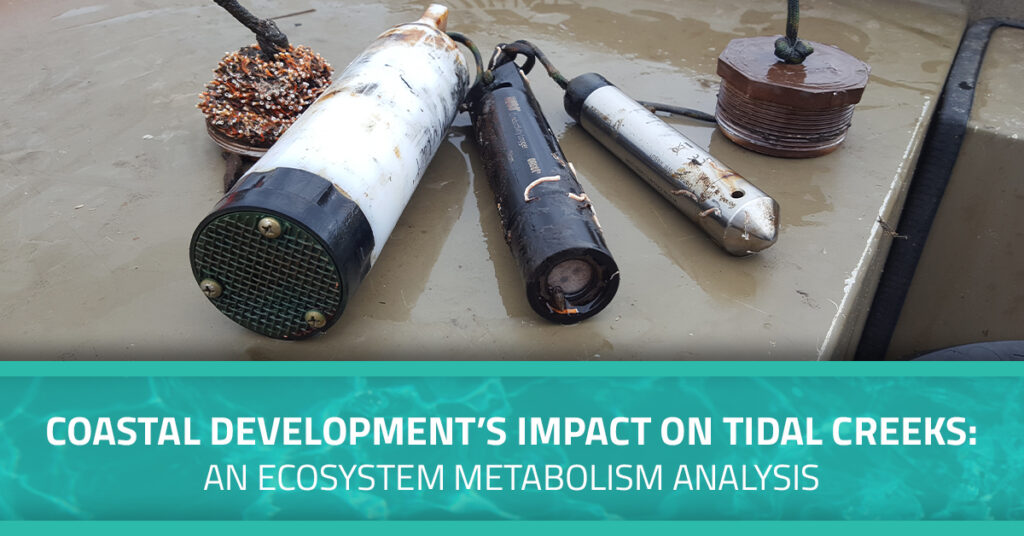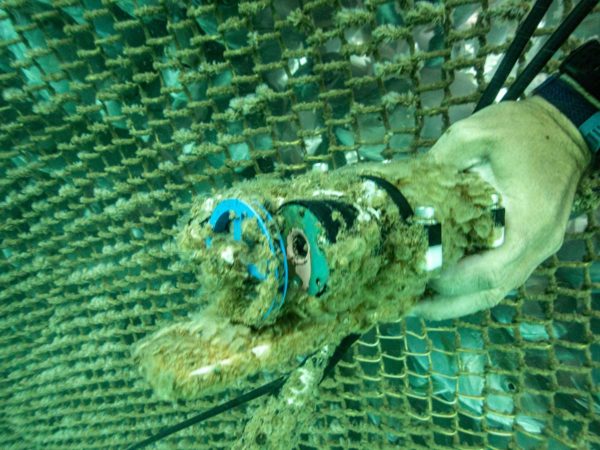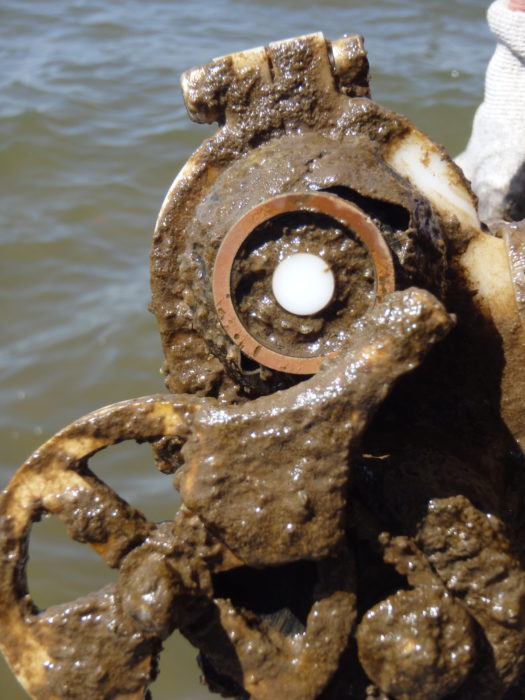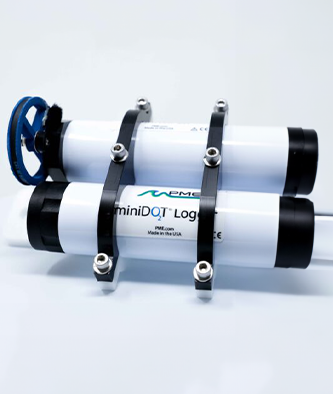Applications
Coastal/Ocean
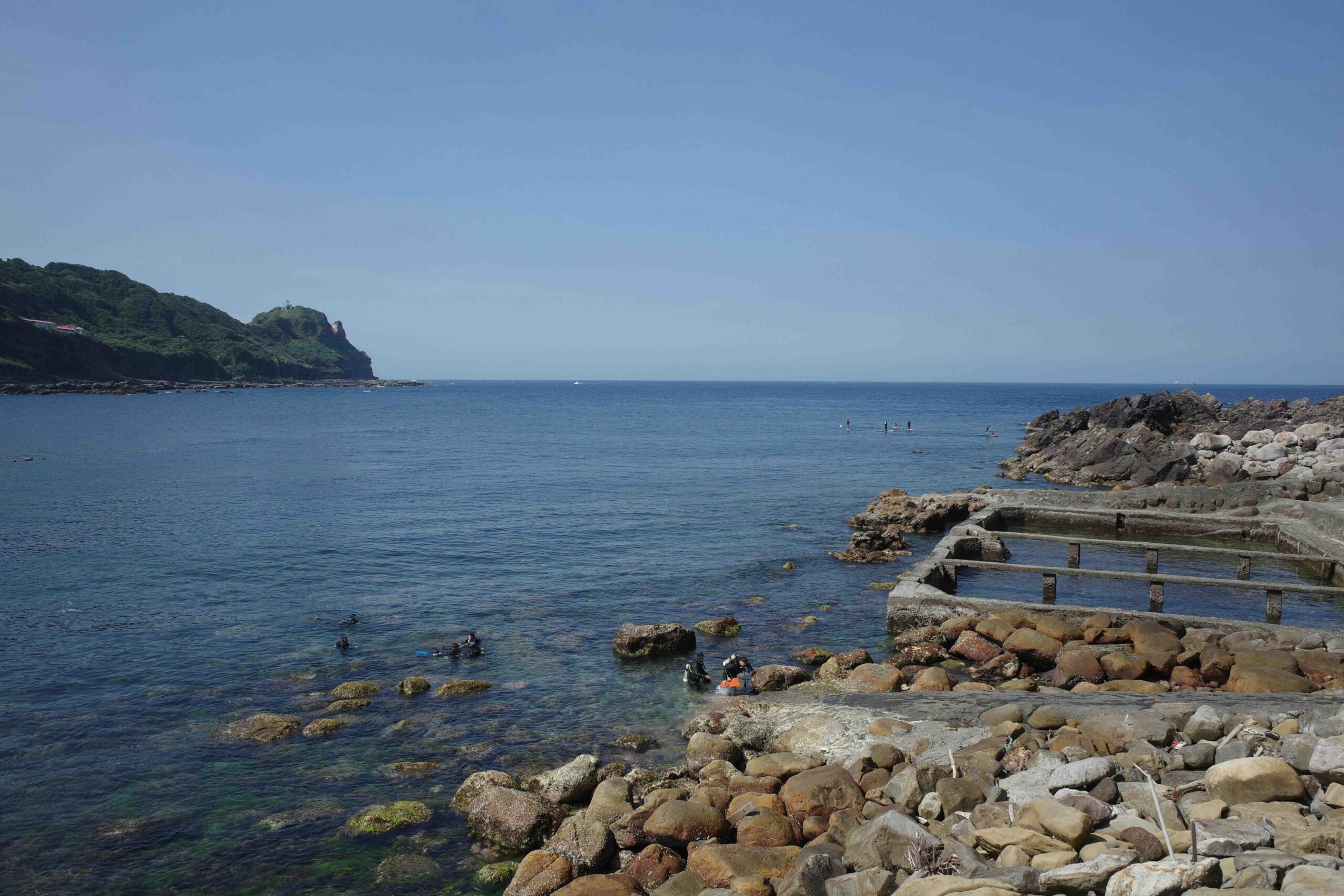
Coastal environments, the narrow transitional areas connecting terrestrial and marine environments, are arguably among the most complex environments on the planet. Sixty percent of the world’s major cities are in coastal zones and forty percent of the global population lives within 100 km of a coastal zone (Nicholls et al., 2007). According to Francisco Werner and Jackson O. Blanton, coastal environments are among the most complex regions of the world's oceans. Here, terrestrial watersheds meet open ocean to host a diverse array of spatial and temporal scales across physical and biogeochemical processes.
Coastal oceans contain four primary zones: backshore, foreshore, nearshore the estuarine area, and offshore. Water column depths range from landward boundary areas which flood and dry over the course of a single tidal cycle to depths exceeding thousands of meters seaward of the shelf break. The offshore extent of coastal environments can range from a few kilometers (e.g., the Peruvian and Chilean coast), to hundreds of kilometers (e.g., the European or Patagonian shelf). Coastal oceans can range from river deltas, canyons, submerged banks and sand ridges.
There is no shortage of water quality monitoring applications throughout marine waters. Regulatory policy enhancement hinges on accurate data collection across a multitude of parameters. These can include identifying pollutant concentrations exceeding threshold limits, detecting harmful algae blooms and evaluating the ecological status of an area to understand overall trends. Scientists also require reliable data to quantify the mean biogeochemical properties of a system. Long-term evaluations of ecological cycles and their underlying processes hinge on dependable data; especially when attempting to validate model predictions related to major trends such as global warming or the discharge of nutrients into the sea. Phenomena such as eutrophication, gauging effects of human activities at sea or assessing accidental pollution can all be monitored with modern technology (Fettweis, et al. 2023; Lovett et al., 2007; Conley et al., 2009; Kirby and Law, 2010; Mack et al., 2020). Coastal and oceanic water quality monitoring requires durable instruments to support research in the world’s most challenging waters. PME loggers help scientists gather data across the globe to help understand some of Earth’s most complex water measurement challenges.


